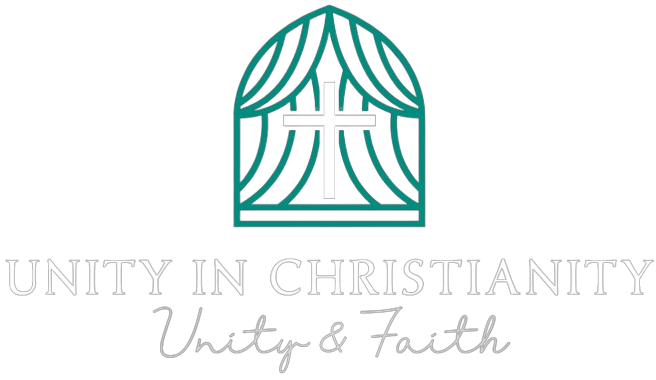TWO-THIRDS of church choirs haven’t any members under 18 — a figure that rises to 80 per cent in villages and rural areas, an RSCM survey of church musicians’ fees has found.
An ageing singing population is an enormous challenge, its deputy financial and operations director, Paul Hedley, acknowledges, nevertheless it is just not a lost cause.
The RSCM undertook the survey in November 2024 to offer a basis for updated guidance for its members on the rates commonly generally known as RSCM rates. Only members are aware about the rates themselves, however the UK-wide survey results from the 1161 respondents reveal that 92 per cent of choirs, 50 per cent of piano/keyboard players, 31 per cent of music directors, and 28 per cent of organists are voluntary.
Of the 95 per cent who often use the organ in worship, 68 per cent report that their organist is of “Diploma level”, with fees typically 20 to 50 per cent higher than where the same old player has “Satisfactory competence”. For wedding fees, London pays 30 per cent, and south-east England five per cent, above the typical: an indicator, the outcomes suggest, of their relatively high gross disposable income.
The survey encompasses worship bands (16 per cent of respondents had a band); instrumentalists (19 per cent); music technologists (16 per cent); cantors or vocal soloists (ten per cent); and organ scholars (eight per cent). Regular use of recorded music was low. It was mostly used as a backing track for congregational singing in only eight per cent of churches.
Given that 90 per cent of responses got here from Anglican places of worship, it was unsurprising, he suggested, that 99 per cent of respondents had congregational singing as a part of their worship. Church attendance evidently had a bearing on the statistics, as does population: the reported average attendance at a fundamental or typical service was roughly 62, dropping to 38 in villages or rural places of worship.
The dearth of under-18s remained probably the most significant findings, Mr Hedley said, describing it as “an enormous potential wake-up call” for the entire sector of youth involvement in church music.
“If it’s not addressed, then the long run of singing in church is under threat,” he said on Tuesday of last week. “It’s hard growing church choirs where they’ve completely disappeared, nevertheless it’s not unimaginable, given what the survey shows by way of the power that’s on the market in players and music directors, and other people who wish to be involved. We’re hoping this survey sparks really good conversations about all this.”
Aside from its residential courses, and Voice for Life musical training programme, the RSCM is about to herald a recent initiative to encourage children’s and young people’s participation: what Mr Hedley describes as “a toolkit for material specifically around resources for developing junior choirs and young voices.
“A whole lot of people, whether or not they’re experienced directors of music or those with less experience, often either struggle or indeed feel really uncomfortable in regards to the prospect of establishing something fresh beginning to work with young people.
“We’re wanting to offer some material that may address a few of those tricky questions on what it will soak up a selected church or environment — including safeguarding concerns, which we now have, in fact, to concentrate on, but which will not be insurmountable.
“We should give you the option to see significant change, nevertheless it’s not going to be inside the subsequent 12 months. This is an extended, slow burn. To drive it forward, we now have to reach training the subsequent generation not only of singers, but of music leaders, whether that be an organist and director of music or a young or older worship leader.”
And one critical piece of the jigsaw was partnership with the incumbent, he concluded. “Without that good partnership, nothing happens.”


